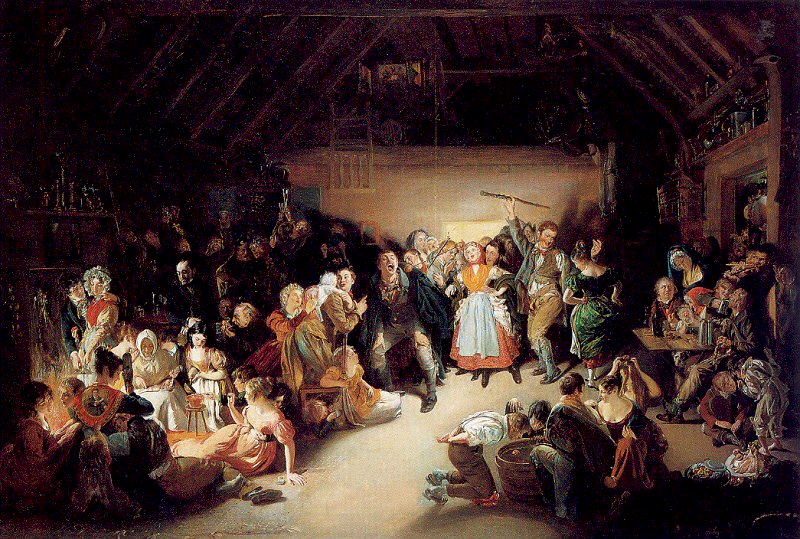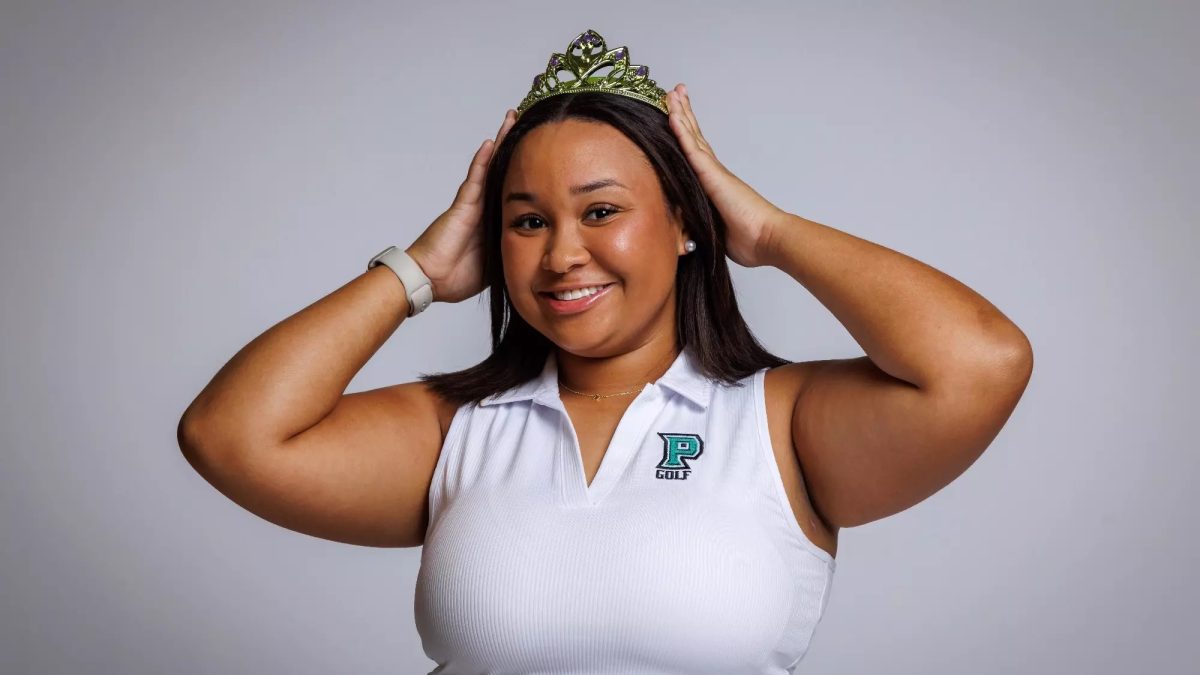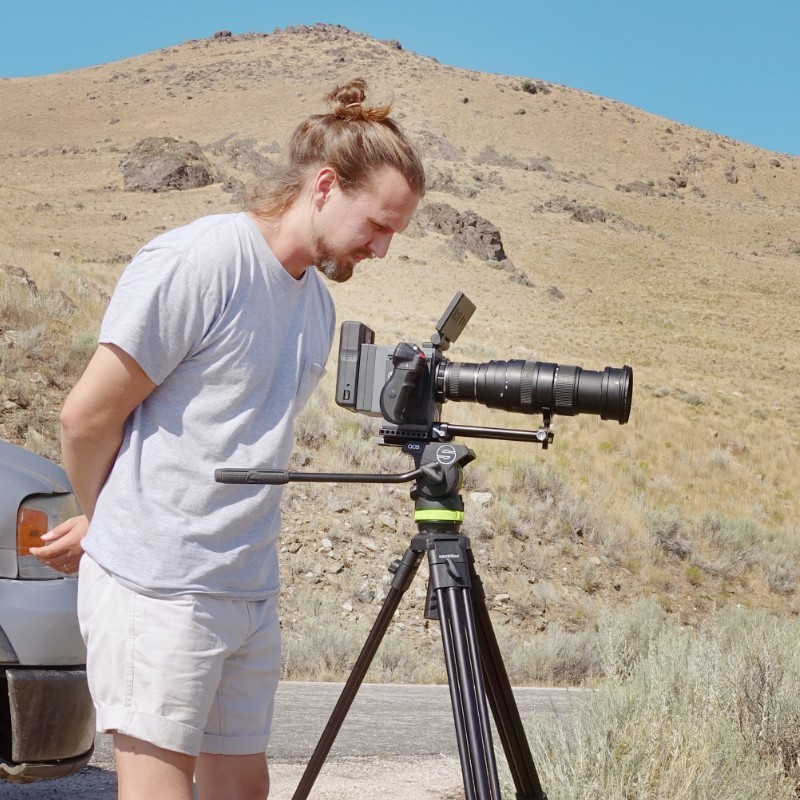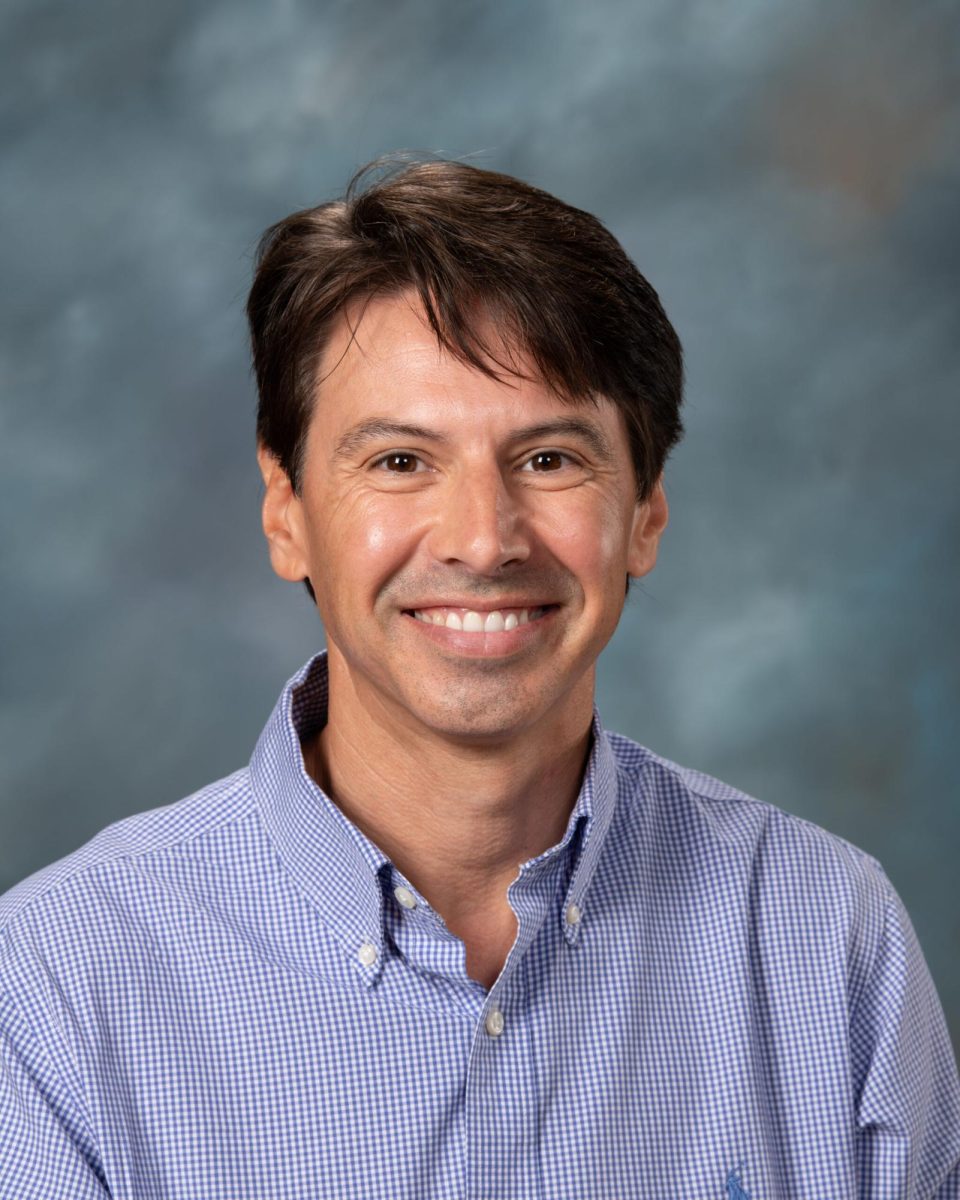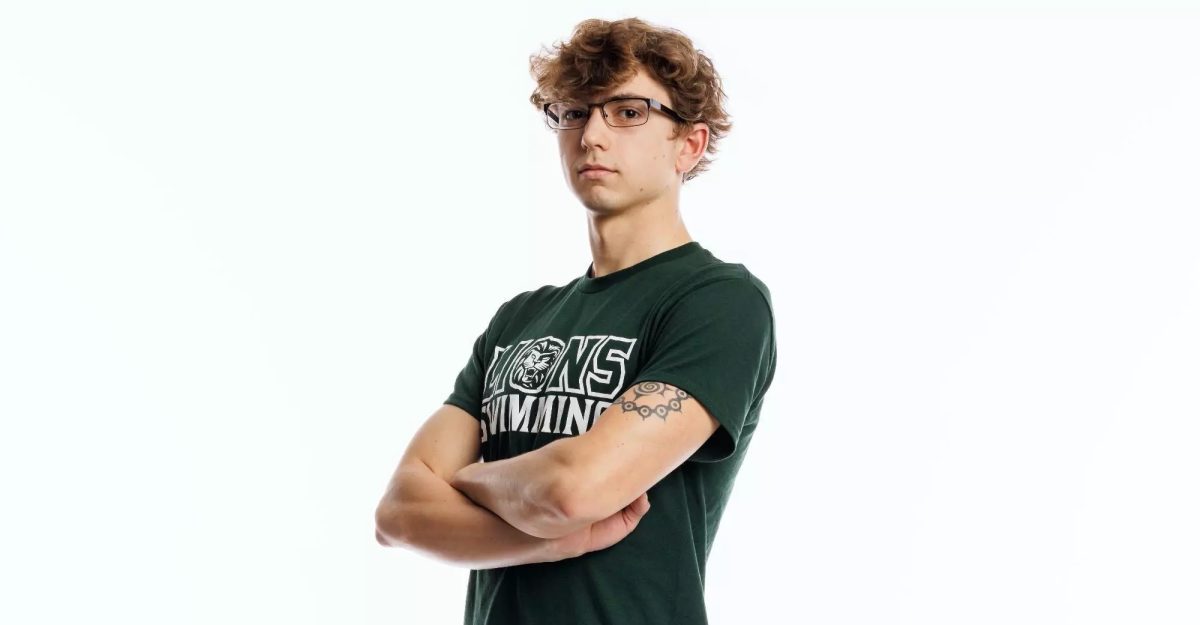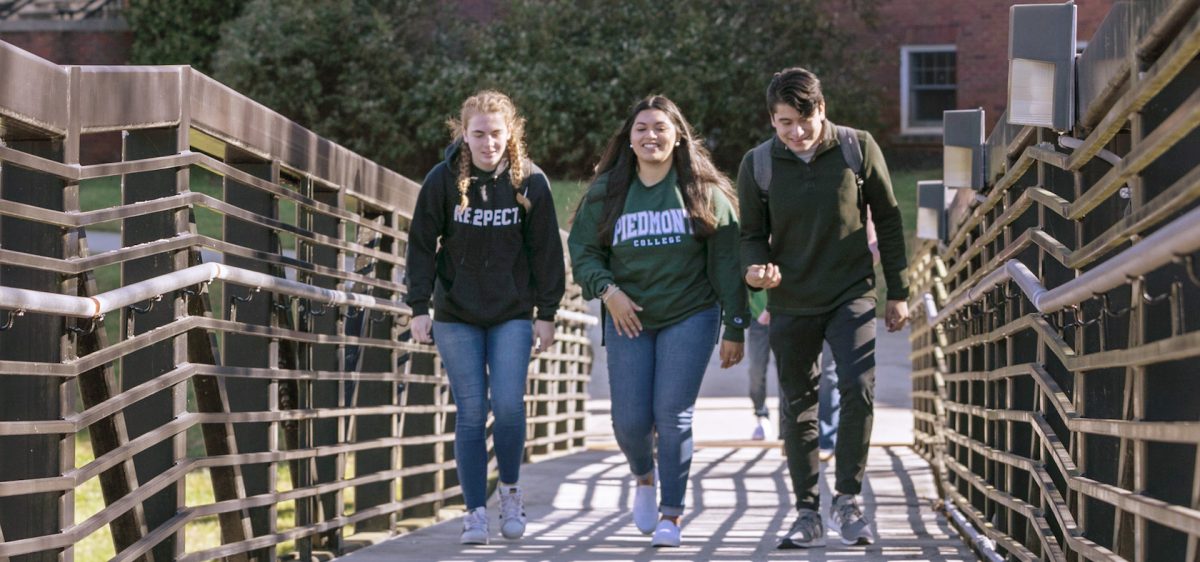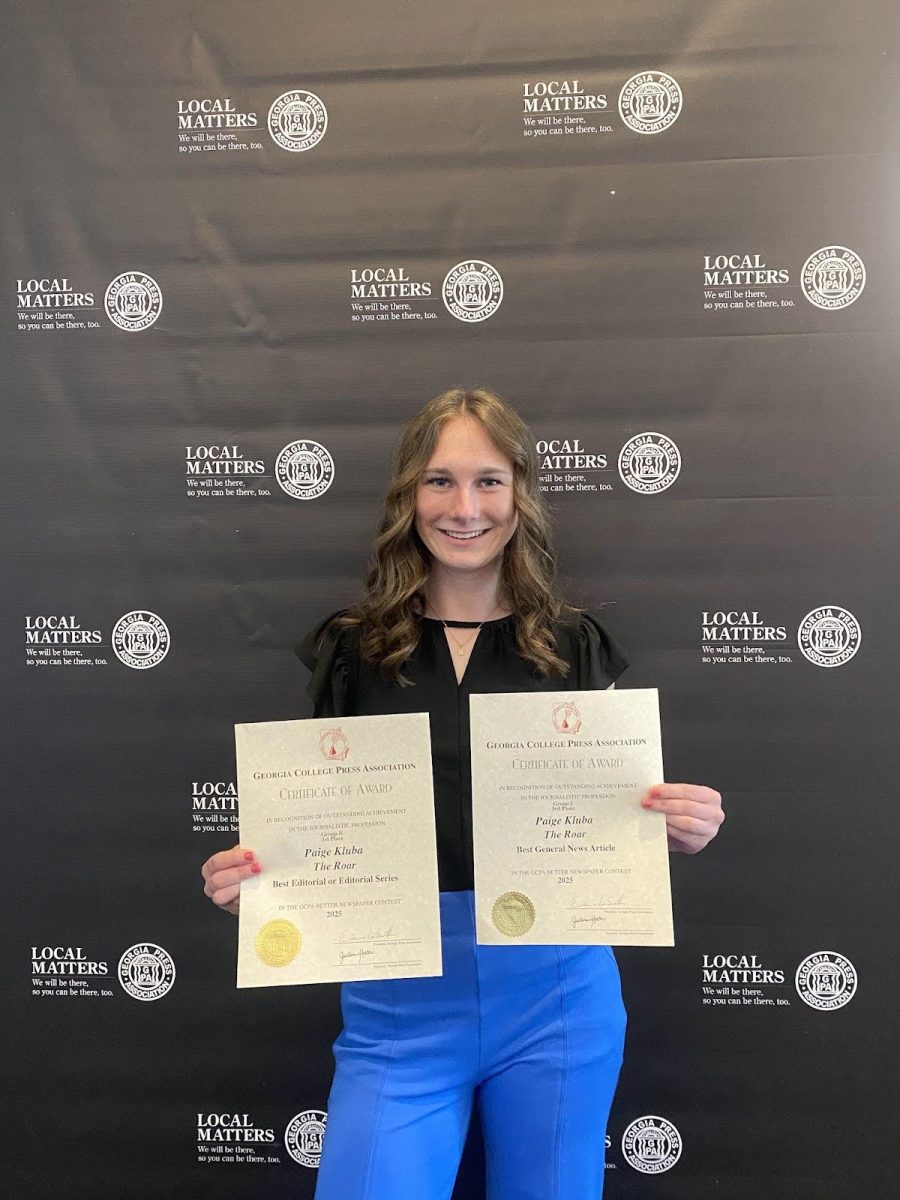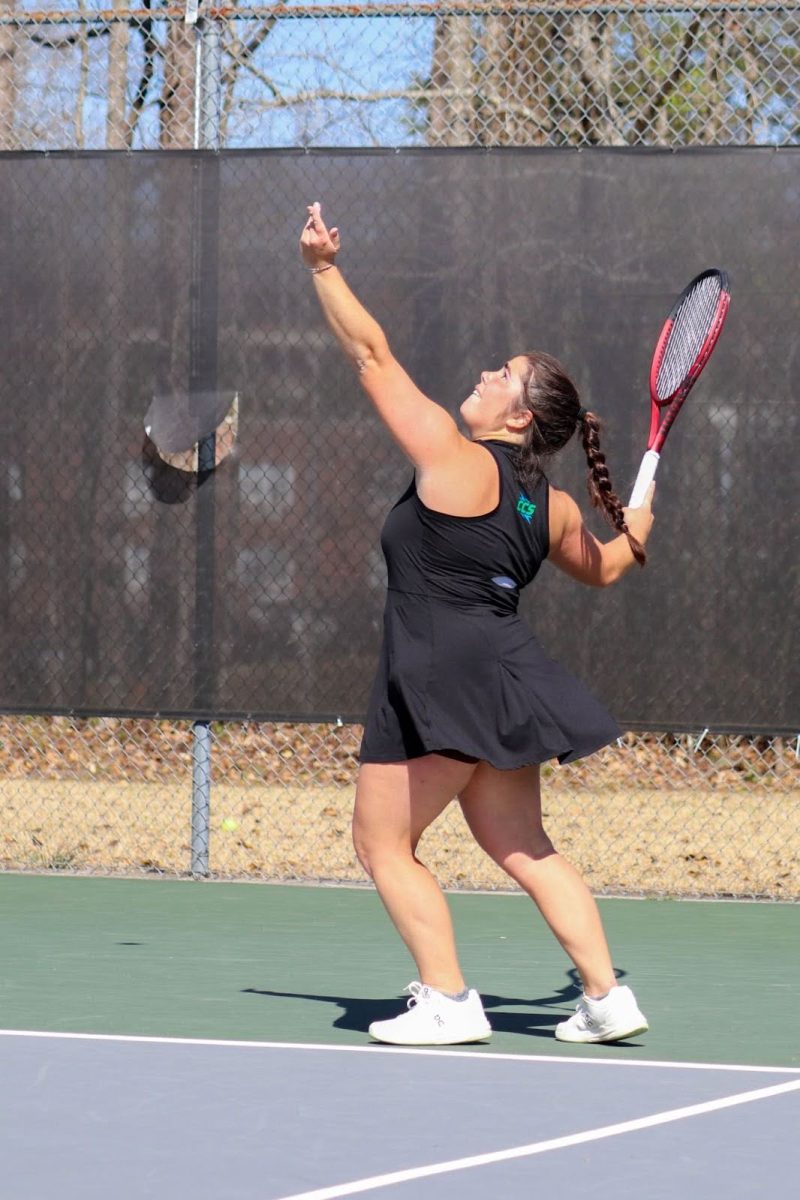
Most people today dress up, party or watch scary movies on Halloween. Ghouls, monsters and all things that go bump in the night are associated today with October 31. But, does anyone really know what Halloween’s origin is?
Unlike most holidays, Halloween does not celebrate an event. It is a time spent to celebrate a lot of things, including the dead.
According to The American Folklife Center, the Celts, a group of people that lived in Europe and on the British Isles, were supposedly the first ones to acknowledge “Halloween”. According to their calendar, the year began on a day corresponding to November 1 on our present calendar, which marked the beginning of winter for them.
The Celts were pastoral people, which meant that the start of winter it was when cattle and sheep had to be moved to closer pastures and all livestock had to be secured for the winter months.
Crops were harvested and stored. The date marked both an ending and a beginning in an eternal cycle. They held the belief that on the last day of October the souls of the dead visited Earth.
They held a festival in honor of these souls, which was called Samhain. The Celts believed that at the time of Samhain, more so than any other time of the year, the ghosts of the dead could mingle with the living.
This belief prompted them to gather to sacrifice animals, fruits, and vegetables in honor of their dead. Bonfires were also lit to aid the spirits on their journey, and to keep them away from the living.
When the Roman Empire conquered the Celts, they seized and continued some of the Celts’ beliefs as well. This included the Celtic celebration of Samhain.
The Roman Empire had great influence over the known world of the time, so the idea that had originally been developed from the Celts grew into a widespread idea. That is Halloween became a thing.
From there, the Catholic Church adopted the celebration but changed the name to match up with another of their holidays. They celebrated Allhallowmas on November 1.
This was a mass in celebration of all the Saints that had yet to have a holiday named after them. It was commonly called “All Hallows’ Day.”
This made the night before this mass become known as Allhallowe’en, which was short for “evening before All Hallows’ Day.” It was then shortened even further to what we now call it: Halloween.
The whole thing about dressing up in costumes came due to people believing that if they appeared scary, they would scare away the spirits of the dead who were roaming the earth on All Hallows’ Eve.
These people also carried food to the edge of town and left it there, hoping the spirits would eat that food and not come raid the village.
People also used dress up in horrifying get-ups to perform tricks in exchange for food and drink. This is how trick-or-treating came to be.
Present Halloween rituals also retain some features from the practice of Samhain, such as the customs of bobbing for apples and carving vegetables.
This is why Jack-O-Lanterns are a practice that still happens today. The trend just caught on and has been developed in a way to share the joy of Halloween.
Halloween might be just another holiday made mainstream and spooky, but back in the day, it was a time to appease the spirits, worship the saints more and even a time to keep track of the seasons.
When you are getting all dressed up in your vampire costume or eating your candy or watching FreeForm’s 13 Nights of Halloween, do not forget the Celtic people that made this holiday possible.


